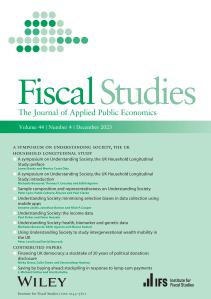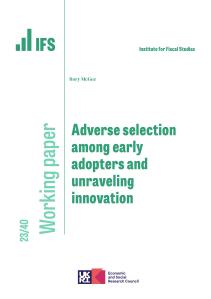The flagship new announcement in the Conservative Party manifesto last week was a major extension of Right to Buy (in England) to cover 1.3 million housing association (HA) tenants. The Conservatives also announced a second, distinct policy of requiring councils (referred to here as local authorities, or LAs) to sell their most expensive properties as they become vacant, which they estimate would raise £4.5 billion per year. The two policies are related because part of the revenue raised from sales of expensive LA properties will be used to pay for the extension of Right to Buy – with the rest funding a commitment to replace properties sold on a ‘one-for-one’ basis and to create a £1 billion ‘Brownfield Regeneration Fund’.
This briefing note, which is part of IFS’s election analysis funded by the Nuffield Foundation, sets out what we know about these two policies. We start in Section 2 by providing some context in terms of the impact of Right to Buy on the social housing sector over time and how housing associations have been (largely) exempt from Right to Buy. In Section 3, we describe the detail of the two Conservative Party proposals. Section 4 attempts to shed light on some of the questions left open by this announcement: the cost of the Right to Buy discounts, the amount that can be raised from sales of expensive LA properties, and the likely cost of funding the proposed ‘one-for-one’ replacement of sold social housing. Section 5 concludes.











